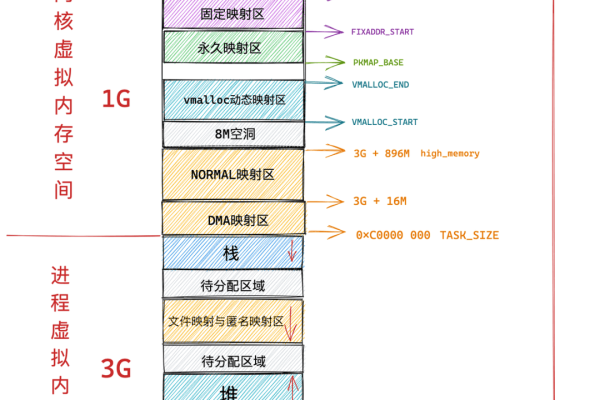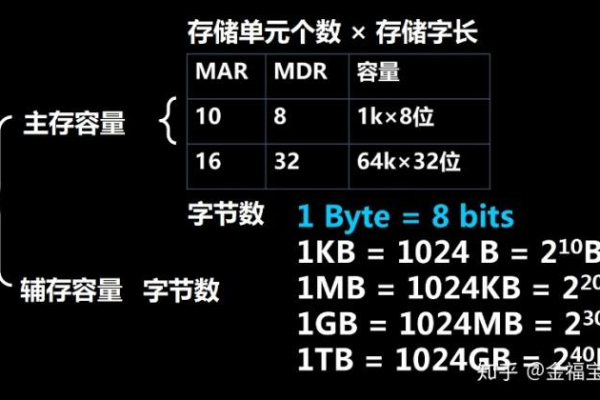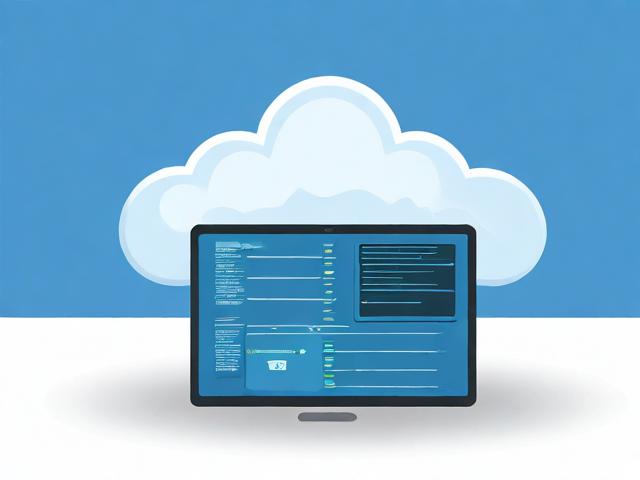c# 网络呼叫应答与提醒
- 行业动态
- 2025-01-31
- 3
在C#中实现网络呼叫应答与提醒功能,通常需要结合网络通信、多线程以及用户界面编程等技术,以下是一个详细的实现方案:
一、技术选型
1、网络通信:使用Socket编程或更高级的库(如HttpClient)来实现网络请求和响应的处理。
2、多线程处理:利用Task或Thread来处理并发的网络请求,确保应用的响应性和稳定性。
3、用户界面:可以使用Windows Forms或WPF来创建图形用户界面,提供友好的用户交互体验。
二、系统架构设计
1、客户端:负责发送呼叫请求、接收服务器响应,并在界面上显示呼叫状态和提醒信息。

2、服务器端:接收客户端的呼叫请求,进行处理后返回响应给客户端。
三、关键代码实现
服务器端代码示例(简化版)
using System;
using System.Net;
using System.Net.Sockets;
using System.Text;
class Program
{
static void Main(string[] args)
{
TcpListener server = null;
try
{
IPAddress localAddr = IPAddress.Parse("127.0.0.1");
server = new TcpListener(localAddr, 5000);
server.Start();
Console.WriteLine("Server started...");
Byte[] bytes = new Byte[256];
String data;
TcpClient client = default(TcpClient);
NetworkStream stream;
while (true)
{
client = server.AcceptTcpClient();
stream = client.GetStream();
data = null;
bytes = new byte[client.ReceiveBufferSize];
int bytesRead = stream.Read(bytes, 0, (int)client.ReceiveBufferSize);
data = System.Text.Encoding.ASCII.GetString(bytes, 0, bytesRead);
Console.WriteLine("Received: " + data);
// 模拟处理呼叫请求并发送响应
string response = "Call answered";
byte[] buffer = Encoding.ASCII.GetBytes(response);
stream.Write(buffer, 0, buffer.Length);
Console.WriteLine("Sent: " + response);
client.Close();
}
}
catch (SocketException e)
{
Console.WriteLine("SocketException: " + e);
}
finally
{
server.Stop();
}
}
} 客户端代码示例(简化版)
using System;
using System.Net.Sockets;
using System.Text;
using System.Threading;
using System.Windows.Forms;
public class CallClient : Form
{
private TextBox textBoxStatus;
private Button buttonCall;
public CallClient()
{
textBoxStatus = new TextBox { Location = new System.Drawing.Point(10, 10), Width = 200, Height = 20 };
buttonCall = new Button { Text = "Make Call", Location = new System.Drawing.Point(10, 40), Width = 80 };
buttonCall.Click += new EventHandler(OnMakeCallClick);
Controls.Add(textBoxStatus);
Controls.Add(buttonCall);
}
private void OnMakeCallClick(object sender, EventArgs e)
{
Task.Run(() => MakeCall());
}
private void MakeCall()
{
try
{
TcpClient client = new TcpClient("127.0.0.1", 5000);
NetworkStream stream = client.GetStream();
string callMessage = "Call request";
byte[] buffer = Encoding.ASCII.GetBytes(callMessage);
stream.Write(buffer, 0, buffer.Length);
Console.WriteLine("Sent: " + callMessage);
// 读取服务器响应
byte[] bytes = new byte[client.ReceiveBufferSize];
int bytesRead = stream.Read(bytes, 0, (int)client.ReceiveBufferSize);
string response = System.Text.Encoding.ASCII.GetString(bytes, 0, bytesRead);
Console.WriteLine("Received: " + response);
Invoke(new Action(() => textBoxStatus.Text = "Call status: " + response));
client.Close();
}
catch (Exception ex)
{
Invoke(new Action(() => textBoxStatus.Text = "Error: " + ex.Message));
}
}
[STAThread]
static void Main()
{
Application.EnableVisualStyles();
Application.SetCompatibleTextRenderingDefault(false);
Application.Run(new CallClient());
}
} 四、功能扩展与优化
1、安全性:在实际应用中,应考虑使用加密传输(如SSL/TLS)来保护数据安全。
2、错误处理:增强错误处理机制,确保应用在异常情况下能够稳定运行。

3、用户界面美化:根据实际需求设计更加美观和易用的用户界面。
4、性能优化:针对高并发场景进行性能优化,如使用异步编程模型、连接池等技术。
五、FAQs
Q1: 如果服务器端出现故障,客户端如何重试呼叫?

A1: 客户端可以在捕获到异常后,设置一个重试机制,如等待一段时间后再次尝试连接服务器,可以设置最大重试次数,避免无限循环重试,可以使用一个for循环或while循环结合Thread.Sleep来实现重试逻辑,在每次重试前,检查是否已达到最大重试次数,如果未达到则继续尝试连接服务器。
Q2: 如何在多个客户端之间共享服务器端的负载?
A2: 可以通过引入负载均衡器来分配客户端请求到不同的服务器实例上,负载均衡器可以根据预设的规则(如轮询、最少连接数等)将请求分发到后端的多个服务器上,从而实现负载的均衡分布,还可以考虑使用集群技术,将多个服务器组成一个集群,共同处理客户端请求,以提高系统的可扩展性和可靠性,在C#中,可以使用第三方库或框架来实现负载均衡和集群管理功能。
















